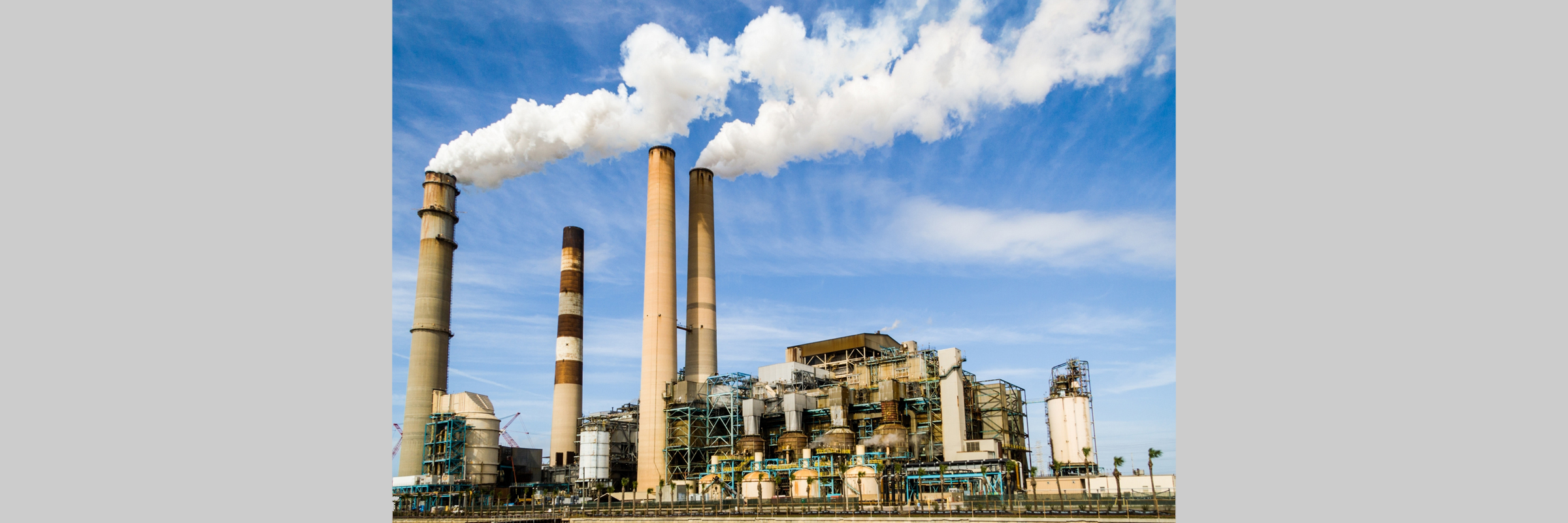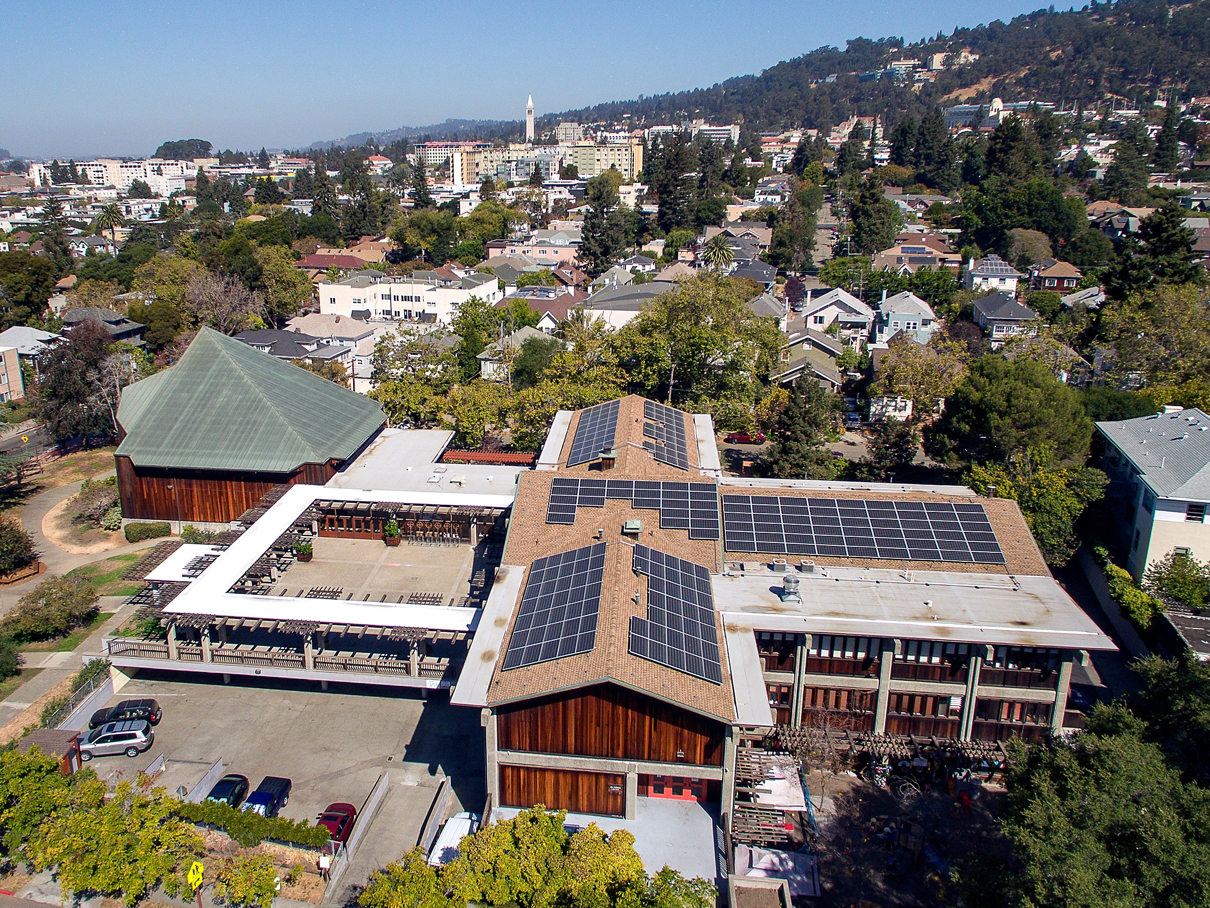
A mere 270 years of human population growth, deforestation, cattle farming, and fossil fuel use has elevated atmospheric carbon dioxide (CO2) levels by 48%. This man-made disaster has increased the average global surface temperature by 2.1 °F (1.2 °C) and raised sea levels by at least 8 inches. Bulging with thermal expansion and nearing saturation, our oceans have already absorbed 90% of the heat generated from recent CO2 emissions at a time when global energy use continues to grow exponentially. Immediately and drastically reducing emissions from heat trapping greenhouse gases (GHG) such as CO2 has become humankind's greatest challenge.
For about a million years, earth's current ice age fluctuated with regular 100,000 year glacial-interglacial cycles. Ice core and sediment data from the past 800,000 years suggest atmospheric CO2 levels during the coldest periods ranged from 170-200 parts per million (ppm). In 1776, CO2 levels reflected pre-industrial levels and were about 280 ppm. By 1950, when the next ice age cooling trend should have been underway, CO2 surpassed 300 ppm, altering earth's short-term carbon cycle. Just under three generations later, in May 2019, CO2 levels soared to 415 ppm - the highest level in about 2.59 million years. The upright walking ancestors of Homo sapiens did not evolve under these conditions.
CO2 accounts for about 82% of all GHG emissions. In 2017, vehicles, power plants, and industries produced 79% of all GHG emissions in the United States. Thankfully, the transition to renewable energy is underway. During the first half of 2019, 44% of German electricity consumption originated from renewables – 8% of which was solar. In March 2019, 79.9% of Maine's utility-scale net electrical generation was achieved with renewables. In June, new legislation incentivized 375 MW of primarily solar PV installations under 5 MW, to help Maine generate 100% of its power from renewables and reduce GHG emissions to at least 80% below 1990 levels by 2050.
Unfortunately, soaring sea, land, and air temperatures are already destroying flora and fauna worldwide while higher tides are exacerbating deadlier and more frequent storm systems. Islands and coastlines are submerging, while glaciers, ice sheets, and sea ice are shrinking or disappearing. We cannot wait for loophole-ridden cap-and-trade legislation to address the GHG emergency. Each and every one of us can become part of the solution rather than part of the problem.
The employee owners at Sun Light & Power urge you and your community to reduce energy consumption across all sectors and generate most, if not all of your electricity from renewable sources starting immediately. That includes displacing the fossil fuels burned in your gasoline-powered vehicles. An 8 kW solar PV system for your home or a 60 kW solar system for your business could reduce CO2 emissions by 182 and 1,362 tons respectively over 30 years. With conservation, smart energy use, and solar panels, you can make a big contribution toward our planet's recovery.

Seamas Brennan is a Blog Contributor, Researcher, and Engineering Admin. Assistant at Sun Light & Power